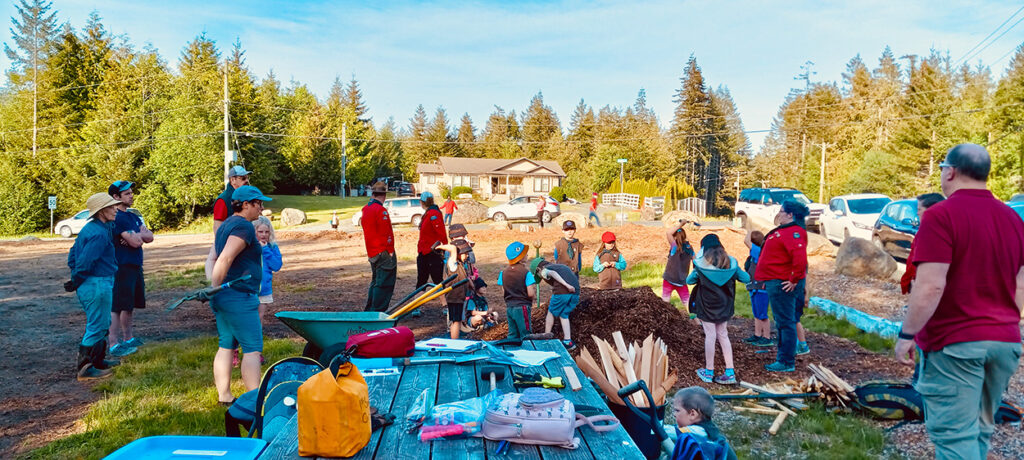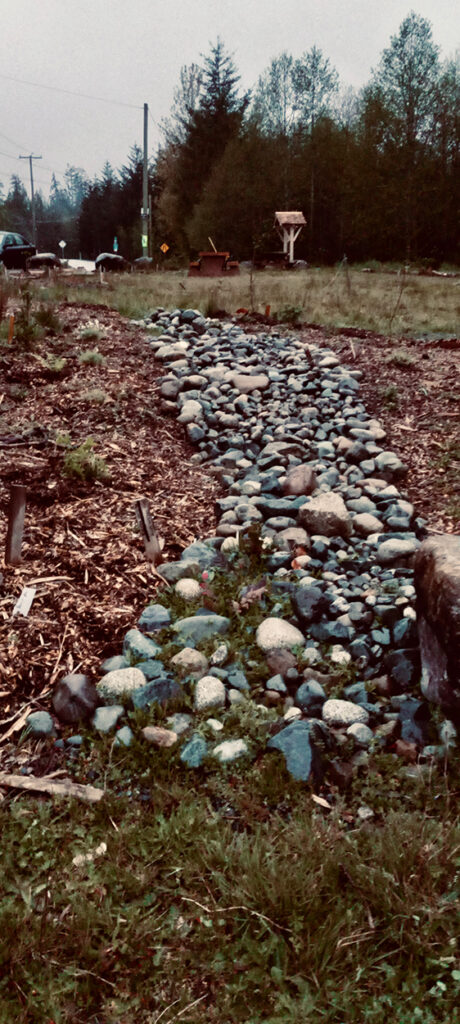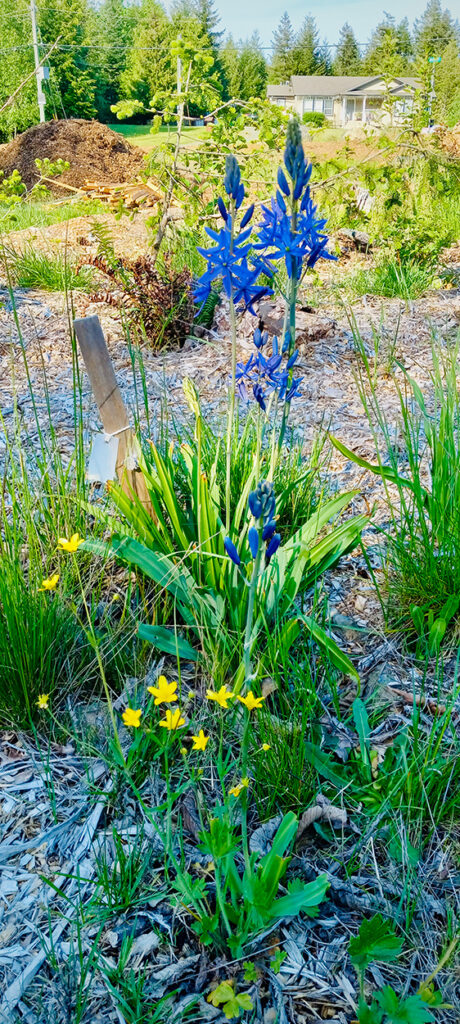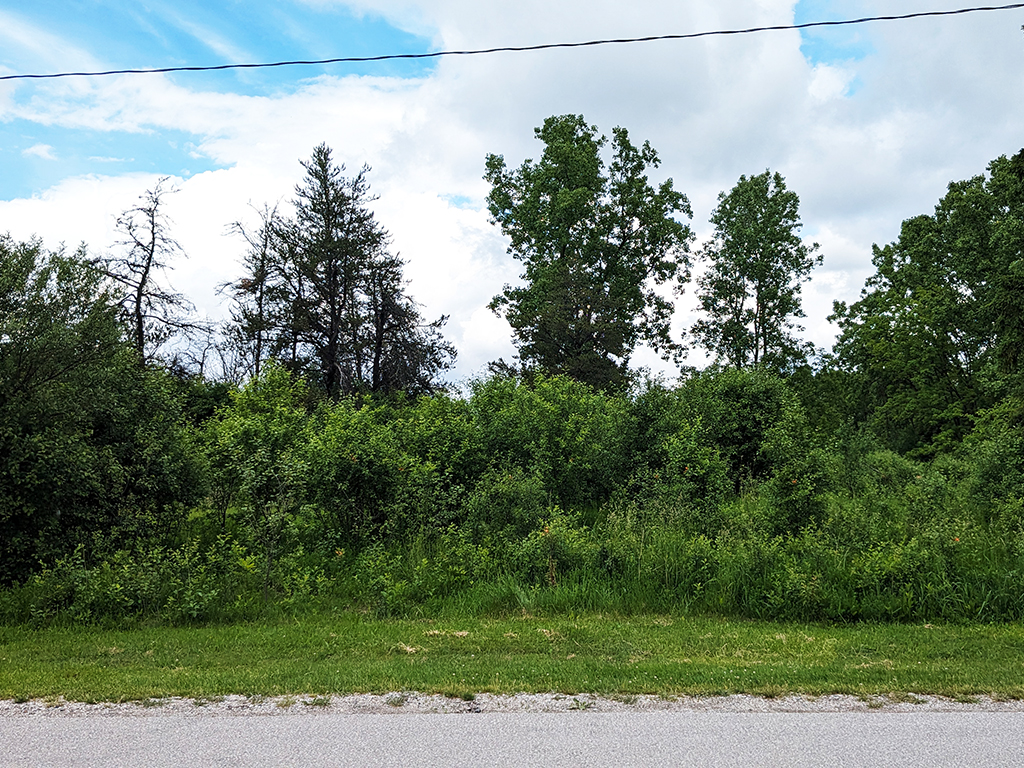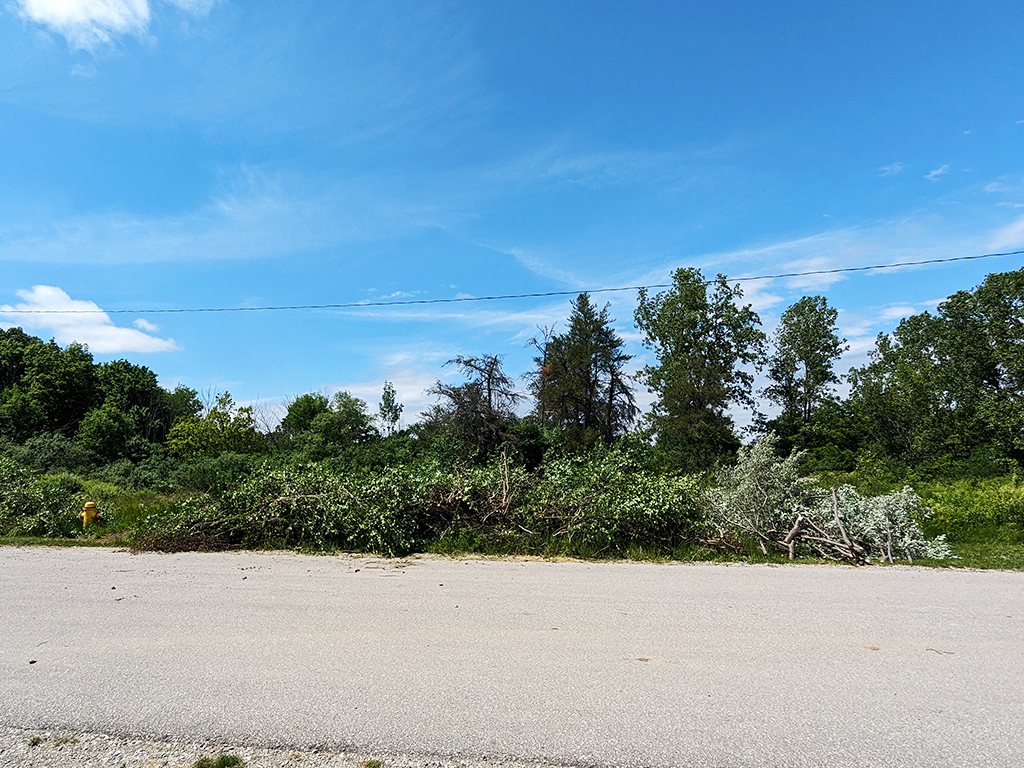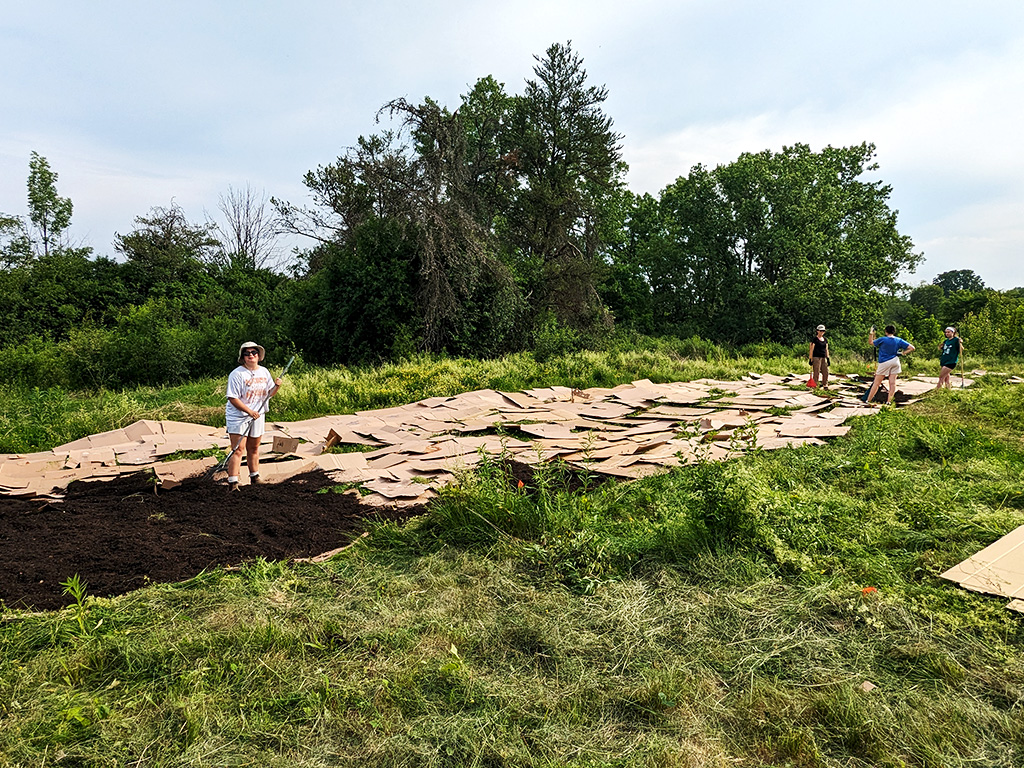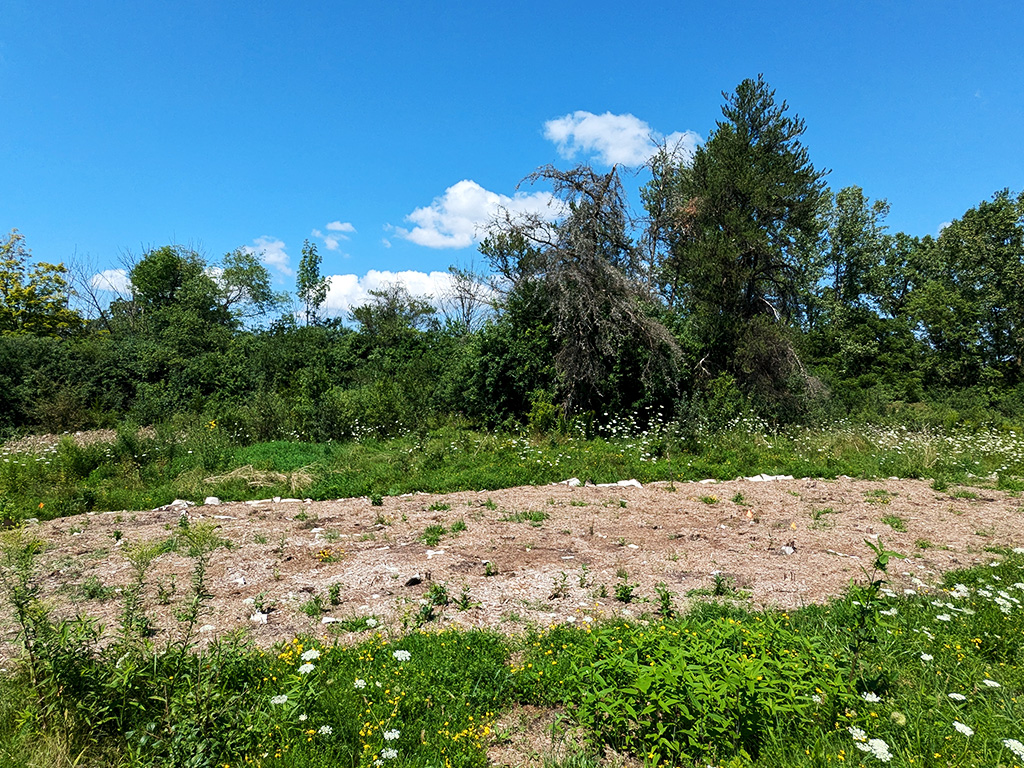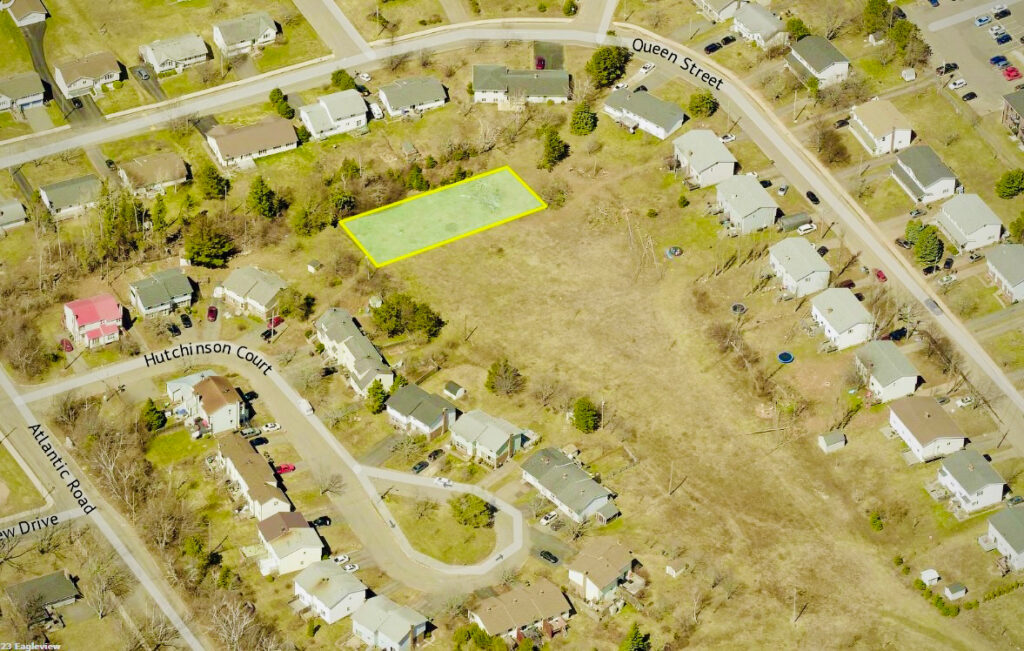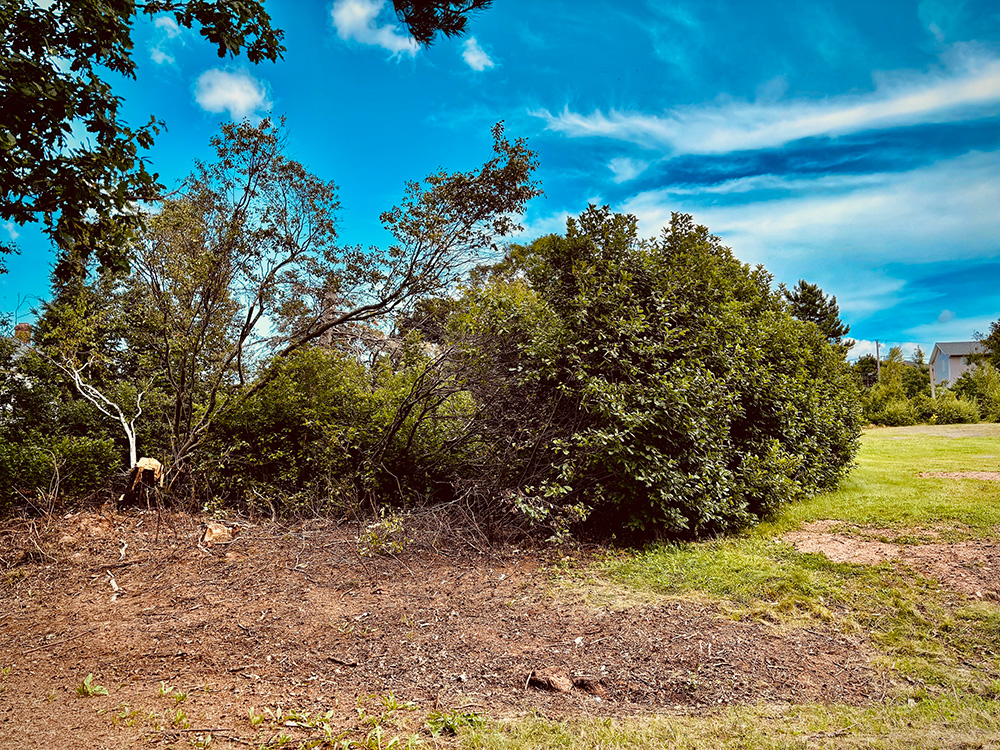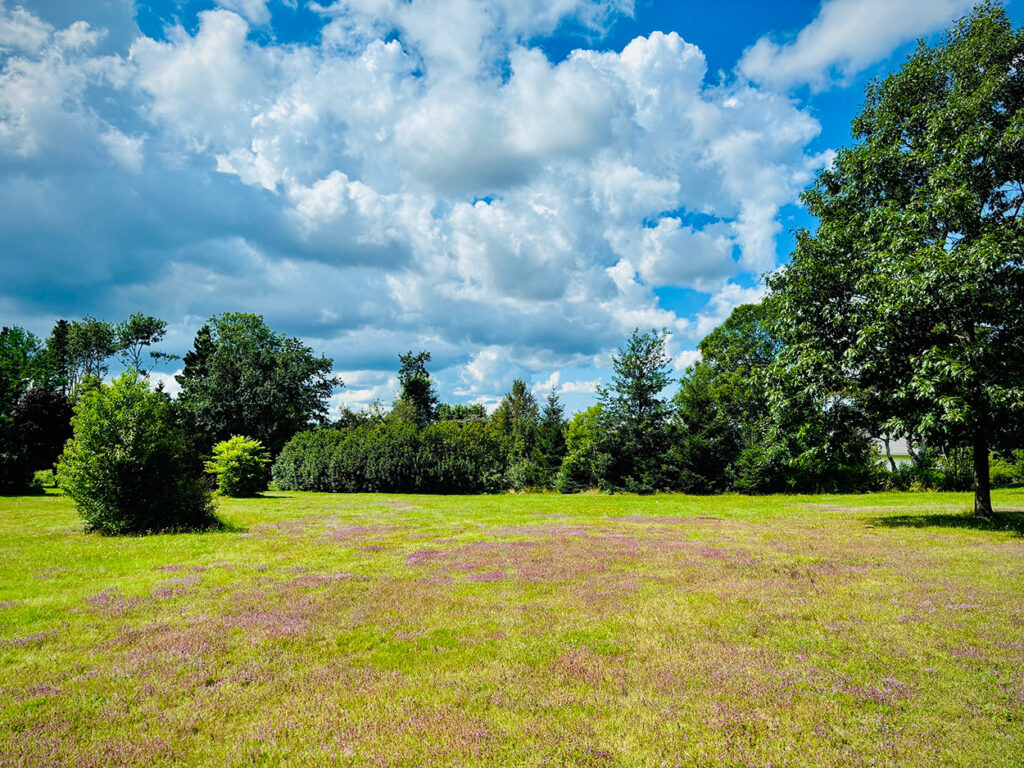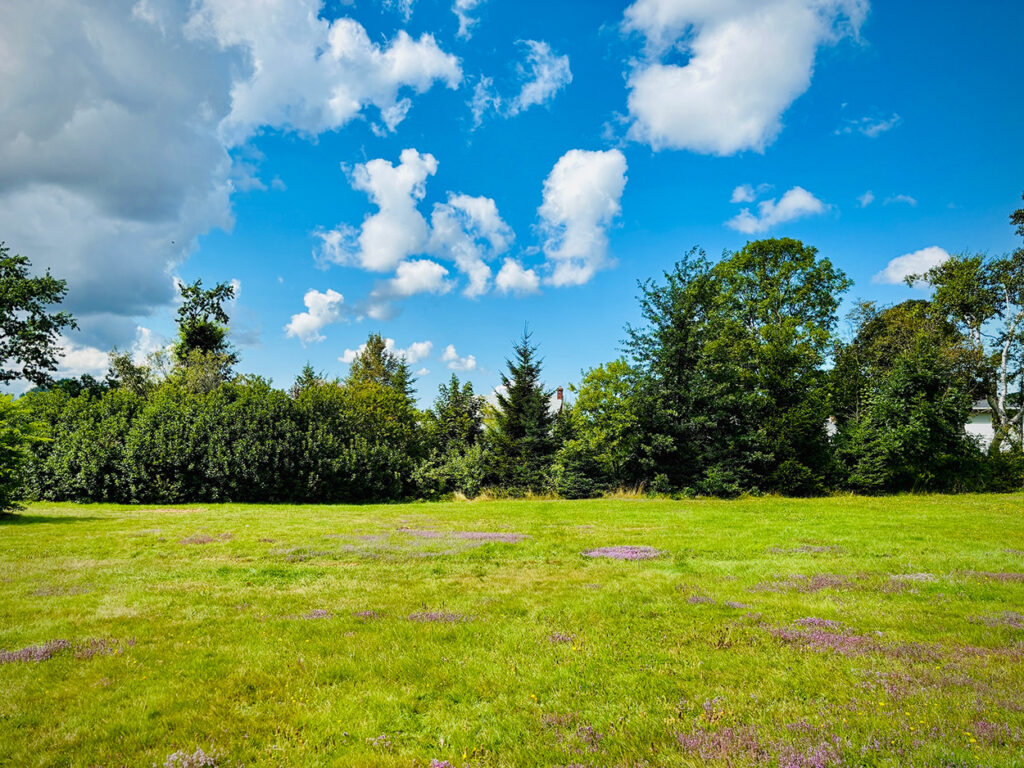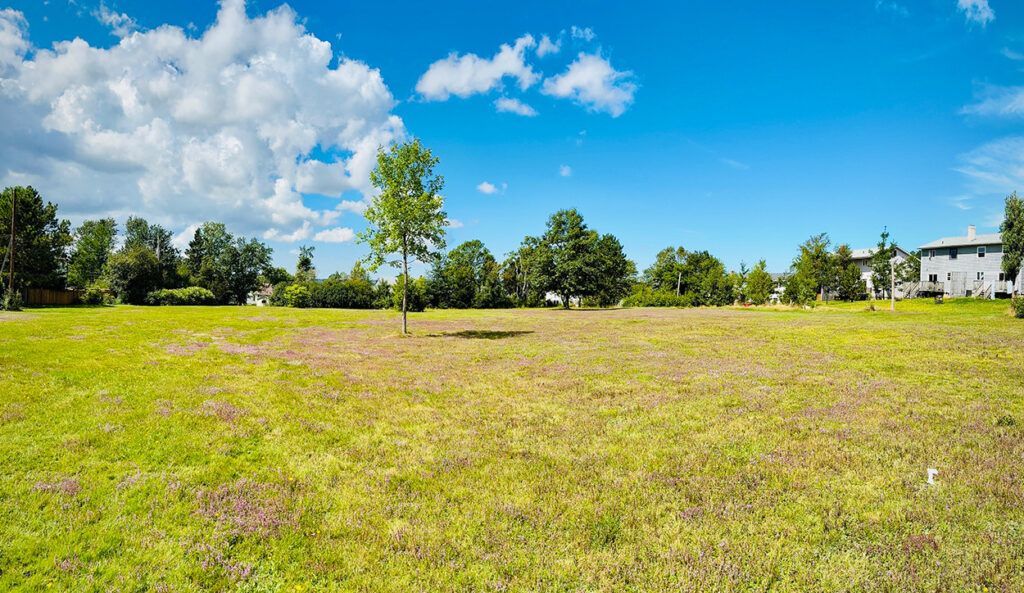September is always a very exciting month at Tree Canada! Our fall planting season is in full swing, and we collaborate with partners across the country to celebrate trees on National Tree Day. Our team works hard to select the right projects to ensure the trees we plant have a lasting impact on communities.
This year, we’re thrilled to highlight three National Tree Day planting sites where volunteer efforts will make a lasting impact: Sooke, BC; London, ON; and Charlottetown, PE. Each of these projects represents a unique blend of environmental restoration and community engagement.
Sooke, British Columbia
Butler Park
Tucked away on the southwestern tip of Vancouver Island, Sooke is a small town of just over 15,000 residents . Their beautiful town motto is “Where the Rainforest Meets the Sea”.
Environmental Significance: Planting at Butler Park began in 2021 to help restore a historically significant site once used as a logging road. Now transformed into a community green space, the area is being revitalized with native plants, focusing on biodiversity restoration and community engagement. During our National Tree Day event, volunteers will help enhance the area by planting additional forest edge trees and understory shrubs.
Purpose of Planting: This project has four main goals: to replant and restore devastated land, build community through shared activities like work parties and communal meals, provide education on native plant uses, and inspire young people to make a difference in environmental stewardship.
Impact on the Community: The initiative has already improved local biodiversity by reintroducing native species and engaging community members, including youth groups and local schools, in planting activities. Plans to add a Nature Activity space for kids are also being considered, to further enhance community involvement.
London, Ontario
Westminster Ponds Centre for Sustainability
Heading east, we arrive in London, Ontario, where National Tree Day will be celebrated at the Westminster Ponds Centre for Sustainability, with our planting partner, ReForest London. This year’s efforts aim to restore and preserve the area’s unique ecosystem.
Environmental Significance: The Westminster Ponds Centre for Sustainability is a biodiversity hotspot with mature forests, bogs, and kettle ponds. Dating back to 2500 BC, this Cultural Heritage Landscape is rich in natural and historical significance.
Planting Purpose: Volunteers will help restore the ecosystem by removing invasive species like the European Buckthorn and replacing them with 400 native trees and shrubs. This restoration effort aims to transform the site into a sustainable mini forest that supports local wildlife and provides a recreational haven for visitors.
Community Impact: Beyond ecological restoration, this planting project fosters community unity and education about local biodiversity. The mini forest is expected to attract a variety of wildlife, making it a valuable educational resource and a serene retreat for residents and visitors alike.
Charlottetown, Prince Edward Island
Marysfield Park
Finally, we move toward the Atlantic Region to Charlottetown, PE, where Marysfield Park is set to undergo a significant transformation. The park is poised to become a vibrant urban forest, contributing to the city’s long-term climate resilience and biodiversity goals.
Environmental Significance: Marysfield Park presents an opportunity to enhance an underutilized green space near Hermitage Creek, contributing to the restoration of the Wabanaki-Acadian Forest. This park plays a crucial role in expanding habitats and supporting native wildlife corridors.
Purpose of Planting: Selected as part of Charlottetown’s post-Hurricane Fiona Urban Forest Restoration Strategy, this site will be used to replenish lost tree canopy and enhance ecosystem services. The National Tree Day planting event aligns with the city’s climate resilience goals by creating a functional forest that benefits both residents and wildlife.
Impact on the Community: By revitalizing Marysfield Park with climate-resilient plants, the project enhances biodiversity, improves air quality, and creates a more vibrant urban forest environment. The initiative engages local residents in urban greening efforts, promoting community health and well-being through accessible green spaces.
Back to all articles
